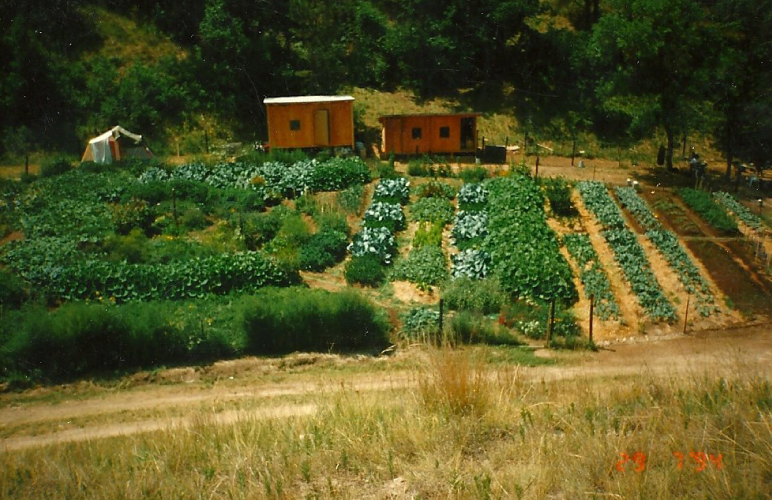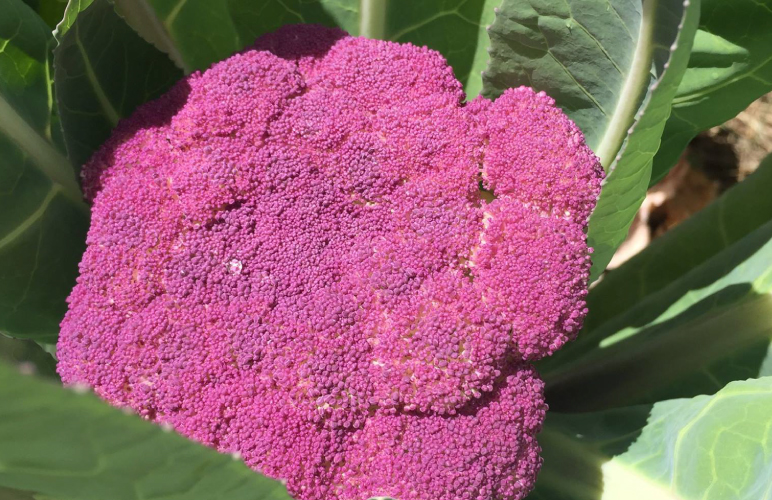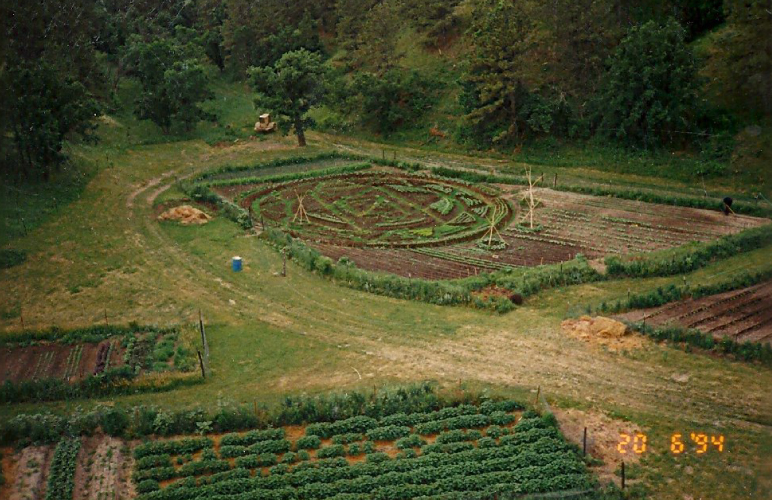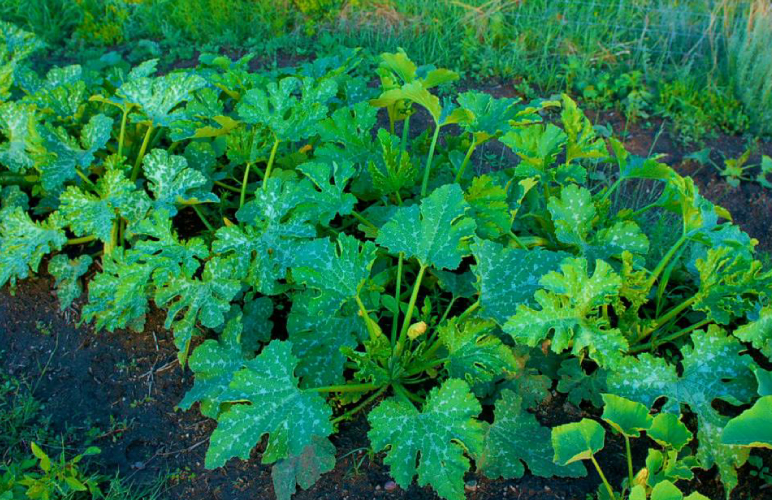Initiatives
of the Manitou Institute & Conservancy
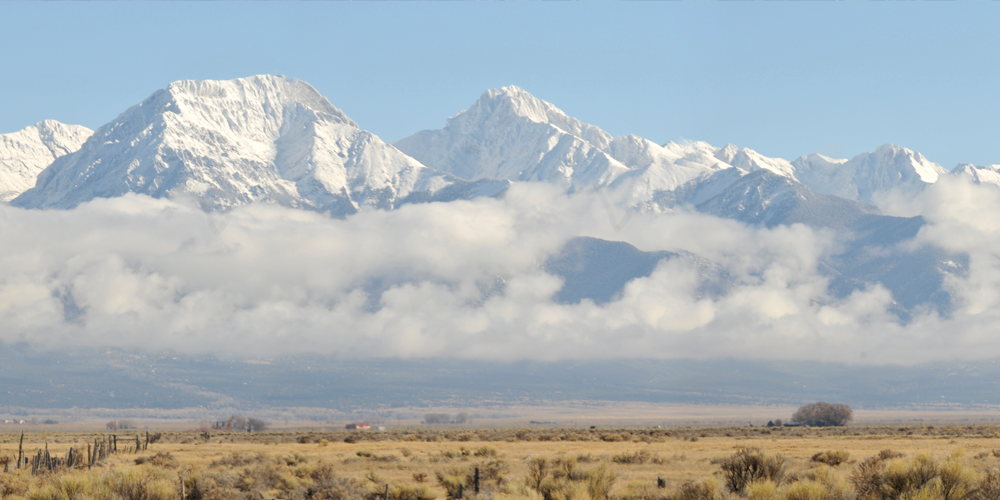
Habitat Conservation Program
A program implemented by the Manitou Institute & Conservancy for planning and protecting 1,504 acres held by the Manitou Foundation in Crestone, Colorado known as the Mountain Tract. Years of indepth studies were conducted in collaboration with The Conservation Fund (TCF) and its consultants — taken together, entitled The Manitou Habitat Conservation Plan (the “MHCP”) — this was formulated to assist the Foundation and prospective land grantees in identifying feasible sites for land development and for managing environmental resources. It is a “how to” program/manual for cooperative planning and a guide for understanding the importance and sensitivity of this particular landscape.
The MHCP is intended to serve as the “planning and zoning” standard for the property in the absence of comprehensive public land use regulation. It has been designed to work in concert with the Foundation’s “Covenants and Restrictions” and “Environmental and Architectural Guidelines.” As with a public by-law, review of the “Land Use Plan” illustrates whether the density and pattern of uses sought by a grantee is supportable. If so, the proposed uses are then tested against the other components of the MHCP — including “Ecological Summary”; “Habitat Sensitivity on Manitou Lands”; “Soils Analysis”; “Sample Conservation Easement”; and the MHCP map series:
Land Use Plan Land Capability Summary Colorado Division of Wildlife Summary Colorado Division of Wildlife Resource Inventory Series MHCP Wildlife Summary Soils Analysis.
The MHCP strives to ensure a high level of biological and environmental protection by limiting the total amount of development and disturbance that can occur on the Mountain Tract. By prohibiting development on sensitive lands and setting limits on total buildout, density of development, and intensity of use, the MHCP effectively preserves the integrity of well over 90% of the entire tract and achieves the desired goal of stabilizing habitats. It also protects essential resources by preserving all riparian corridors (and related seeps and springs), several unique sand formations, viewsheds, and cultural resources.
Fundamentally, the MHCP is a two-tiered system: While adoption of the Land Use Plan will initially yield a substantial threshold of protection, full implementation of the MHCP can achieve significant enhancements through intensive site analysis and planning. The degree of Mountain Tract protection afforded by the plan may not prevent all disturbance of all species, but will protect essential wildlife populations, significant habitat and the long-term viability of sensitive species. Micro-level protection for such elements as wildlife migration trails, roosting sites, and bedding areas, for example, can be accomplished as Foundation staff and grantees apply the technical portions of the MHCP in their due-diligence and planning of a particular site.
Accordingly, to fully implement the MHCP, TCF recommended that the Foundation should pursue a layered strategy. The first step, included executing a conservation easement over the entire tract reflecting the range of uses set forth in the Land Use Plan. The “master” easemen provides a baseline of resource protection while retaining flexibility for the Foundation and its prospective grantees for future planning and development. The second step entails executing a detailed conservation easement at the time a grant is made, restricting the property to the site plan and conditions of the grant. This “specific” easement cites the protection and development measures yielded by the MHCP site- planning process. The two easements, in turn, achieve the general and the specific, thereby realizing the promise of deliberate long-term planning for the Mountain Tract.
Regional planning and mitigation requires collaborative efforts with multiple stakeholders, as the Mountain Tract is home to numerous active spiritual and educational centers, all hemmed in between the growing Baca Grande subdivision to the West, the US Forest Service lands to the East, and Baca Wildlife Refuge to the West. MI&C partners for cooperative working relations, in developing the culture that will ensure the multi-generational, large landscape scale, natural resource conservation legacy intended in the Conservation Easements in perpetuity. MI&C is also a Community Service Provider with the CO Dept. of Probation.
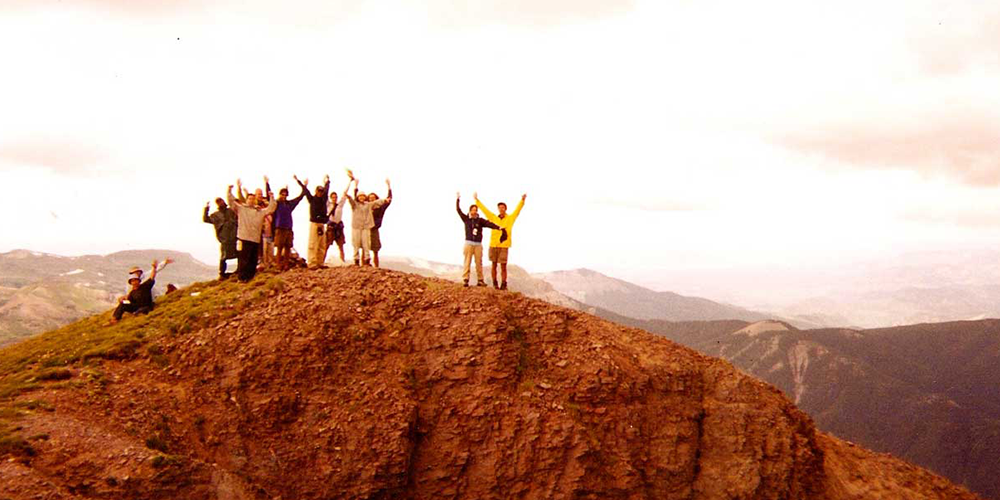
Earth Restoration Corp
An innovative approach to addressing the problem of global climate change by mobilizing and engaging young people for sustainable livelihoods in earth restoration. A sustainability education program focusing on various forms of eco-preneurship is proposed that will prepare youth for the next phase of global economic development: the restoration economy. The global economy has already entered the first phase of a historic shift toward basing economic activity on conserving and restoring rather than plundering the ecosystems that sustain life on earth. This program is a prototype that promises to accelerate this shift.
The uniqueness of the approach lies in re-connecting young people with nature and culture as a basis for creating restoration economies based both on traditional and innovative appropriate technologies. The classical western one-size-fits-all development model, restricted to material economic criteria, has over time jeopardized life on earth by impacting negatively not only on biological but also cultural diversity, including the way we think and behave as humans inhabiting a living planet. Too many of us still lack an understanding of the inter-connectedness and inter-dependence of all forms of life. For the fundamental challenge we face in our ecological crisis lies in changing our way of living, working, and being in the world. A restoration economy cannot be rooted in the old mindset of material acquisition for its own sake and at all costs. Earth restoration is a function, foremost, of restoring the balance in the human-earth relationship. This involves engaging in a process of transformational change guided by moral/spiritual values that is culture bound, i.e., at the participatory level of the personal, local, and regional. Restoring the earth’s biological diversity is not a matter of technological quick fixes, but co-dependent on the principle that biotic and cultural diversity complement and reinforce each other. Both need to be harnessed to promote new forms of economic activity that sustain rather than pillage the earth’s resources.
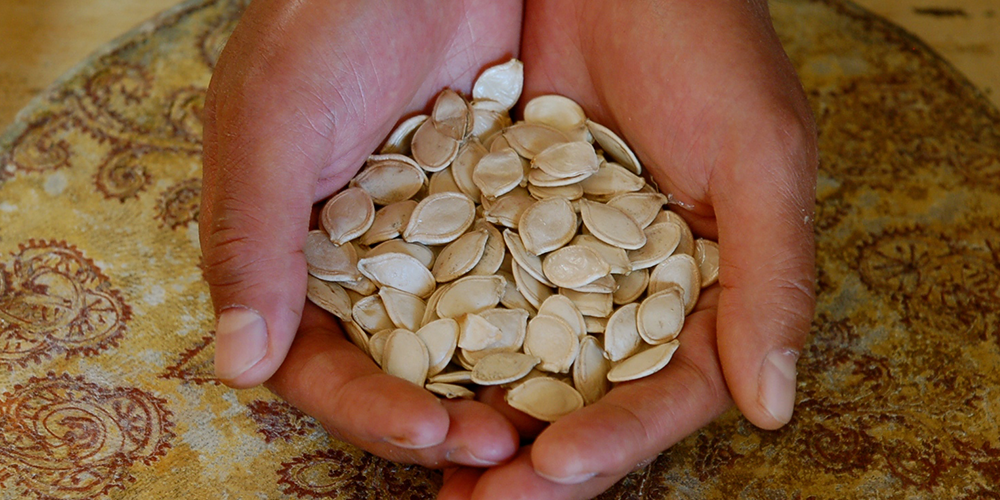
Earth Origin Seeds
“Ancient cultures representing the world’s wisdom traditions maintained a sacred connection to seeds and agriculture; evolving with the natural world as one. As humanity becomes more and more disconnected from the natural world, so do our relationships with the life-supporting systems that we are destroying faster than our ability to understand the future impacts and consequences. Extinction of traditional seed species is likely to be one of our longest-lasting legacies and likely our own exctinction.”
EOS conducts, demonstrates and teaches organic farming practices and seed banking techniques based on a philosophy integrating ecologically and spiritually sound principles. The primary goal of EOS is to collect, grow-out and create a gene pool of highly nutritious and endangered food and medicinal crops from heirloom varieties. Seeds from these crops, and information about them are made available to the public in order to forward the EOS mission to reintroduce and preserve diversity in the food chain; to perpetuate a healthy food supply; and to serve as an educational resource and model of how to do so.
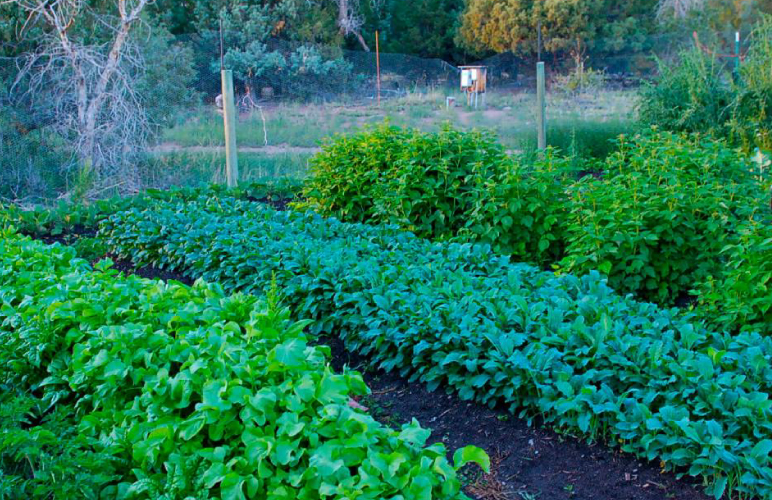
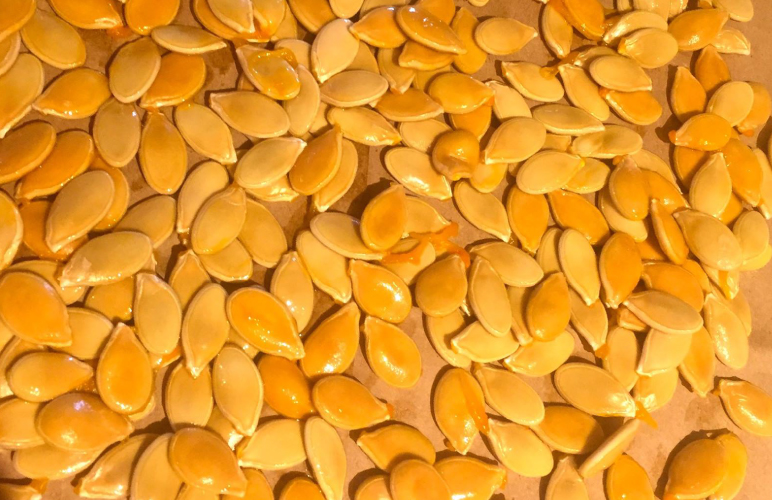
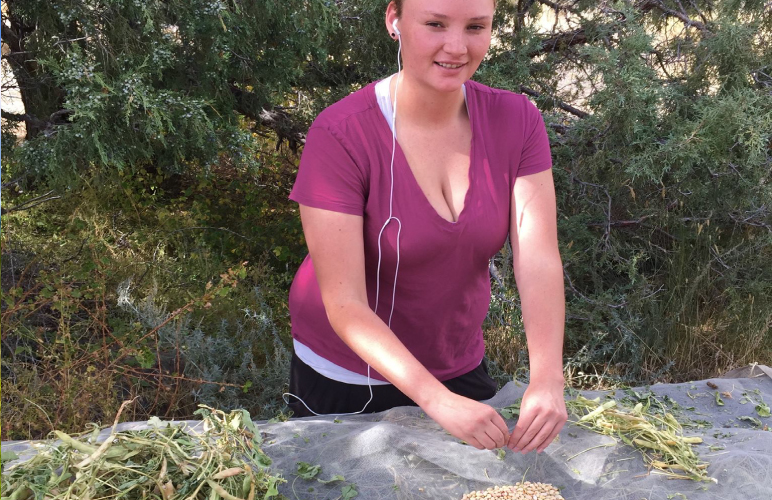
Earth Origin Seeds Farm School
“Reviving the Past to Sustain the Future”
The Manitou Institute & Conservancy is respectfully submitting a letter of inquiry regarding a possible grant for Earth Origin Seeds (EOS) program. We are seeking support for a multiple-phase program: Endangered Seed Preservation/Propagation, Infrastructure Renovation, and Apprenticeship Program including an introduction to Agroecology Business Modules for sustainable and ecologically oriented livelihoods.
EOS was founded in 1990 to serve as a model for conducting, teaching agroecolog & regenerative farming and the preservation of open-pollinated, non-hybrid and endangered seed species. EOS created a seed bank consisting of well over 250 seed species of medicine and food crops. In the early 90’s EOS created programs on the Pine Ridge Indian Reservation, collecting, growing out and preserving ancient food crops that have evolved in Native American cultures. It was our mission to reintroduce the traditional diet and make available native food species unique to the Plains Tribes in order to combat high rates of diabetes and heart disease prevalent on reservations across the Americas. EOS is located in a unique high altitude desert valley in south central Colorado. It has also been our mission to educate the public on the interconnectedness of our soil and safe food production, conserve and promote the diversity of heirloom seeds that can be passed on to future generations.
Rational: It was only a few decades ago that biodiversity finally surfaced on the world’s political agenda, although little has been done to date to protect agricultural biodiversity – the world’s food supply. Seed diversity is critical in the protection of our food systems – It is estimated that more than 93% of our agricultural biodiversity has been lost. Industrialized farming which relies on large scale monoculture production and agrochemicals has led to a host of issues including the loss of plant diversity, widespread malnutrition-disease, increased greenhouse gas emissions and environmental degradation. Large multi-national bio-tech corporations have bought out smaller seed suppliers and control most of the worlds seed supply. Putting us further at a health risk, are Genetically Modified Organisms (GMO’s) which rely heavily on agrochemicals, thereby poisoning our food, soil and water. The hybridization of our food plants often results in a high percentage of seeds that are unviable and lack the nutritional value needed to thrive.
Plants that are inbred and injected with genes that contain viruses, bacteria, animal and human genes – to isolate and propagate desirable factors such as color and shelf life, become weaker in other characteristics such as drought resistance, insect resistance and disease. It is critical to prevent the extinction of non-hybrid, open-pollinated heirloom seeds that contain monumental benefits including regional adaptation – they have co-evolved with humans and climate extremes and have developed a resistance to insects and possess more nutritional value. Native seeds can be saved and used year after year while hybrid seeds need to be purchased annually. Native seeds conserve centuries of genetic history, connecting us to our past, integrating culture and agriculture. These seeds play a vital role in addressing climate change, soil health, biodiversity loss, human health and transforming food systems to be truly sustainable.
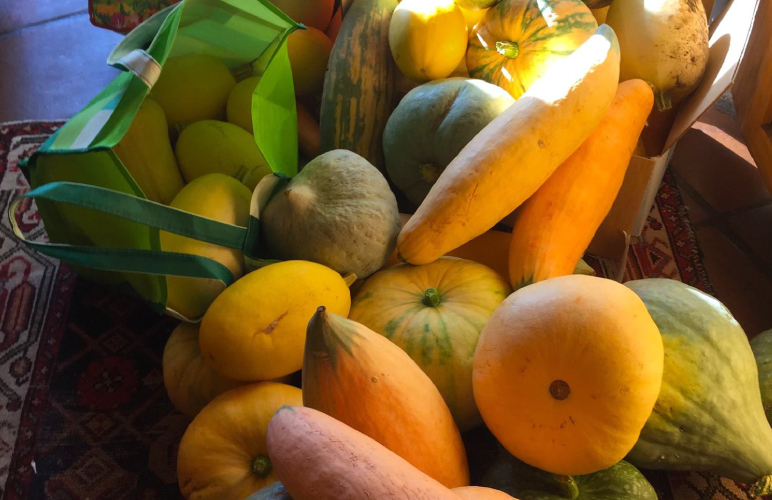
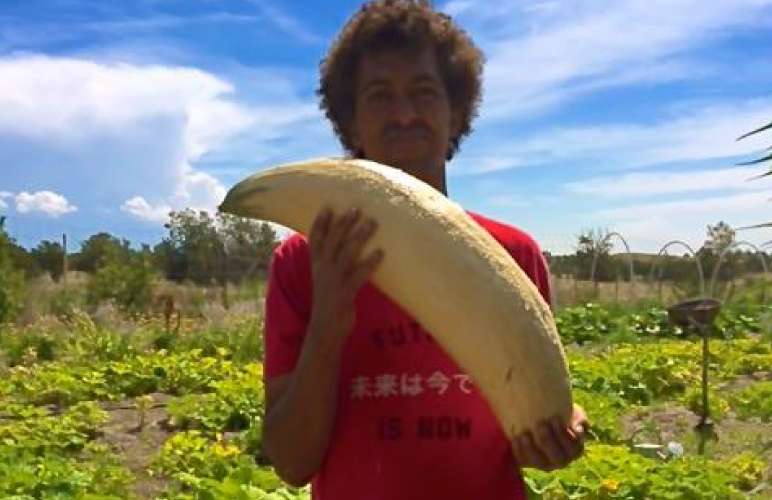
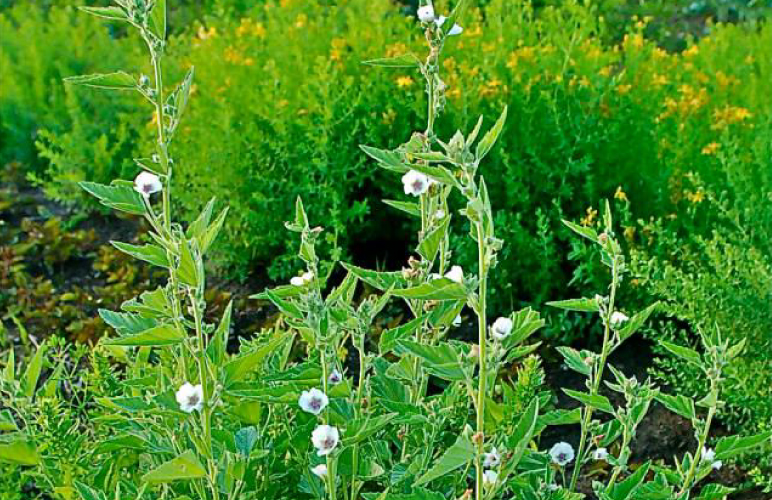
Programs
Endangered Seed Preservation/Propagation and Infrastructure Renovation 2021/22
For several decades, EOS is has focused on growing out endangered food and medicine species, which are part of the EOS seed bank.
Infrastructure improvements need to be made to EOS’s 2000sq-foot greenhouse as well as an onsite barn that will be converted to a commercial kitchen for product development. A Nexus Commercial Greenhouse will also need to be purchased. In addition, fencing, solar well pumps and irrigation need be installed. Please see detailed budget.
Apprenticeship Program 2022
EOS will offer a 4-month hands on Apprenticeship Program, in which participants will learn garden and field tillage and cultivation, propagating crops from seed, greenhouse management, transplanting and direct seeding, irrigation principles and practices, selecting and using cover crops, making and using compost, natural pest management, managing plant pathogens, weed management, soil biodiversity and health, medicinal herbs, seed banking and overview of agroecology practices.
The program will be open to committed youth apprentices regionally for the first year of the program. As the program expands, yurts will be purchased to provide dormitory living for students. We will partner with World Wide Opportunities on Organic Farms (WWOOF) when dormitories have been constructed and housing is available. Apprentices and WWOOF’ers will experience the freedom of off-grid living. Participants will learn to live more sustainably without the use of fossil fuels, self-reliance skills, experience how they can substantially contribute to reducing greenhouse gas emissions and hazardous waste and learn how to produce more energy than they actually need sustainably.
Agroecology/Regenerative Farming Business Module 2022
Two products will be researched, developed, produced and marketed through Youth Trade USA, using the gardens’ plant material. The goal is to create a facility where committed students can apply their training with mentorship, in developing their own commercial farms, market gardens and products from the garden. A nursery will also be established to make these endangered food plants available to the public to encourage community participation. This program whether in a rural area, or in the inner city will prepare apprentices with the basic skills to implement gardens and develop cottage industries for green livelihoods and a greener economy. This is especially important for indigenous and economically challenged communities.
